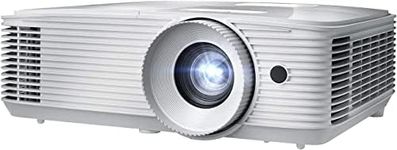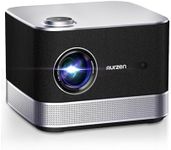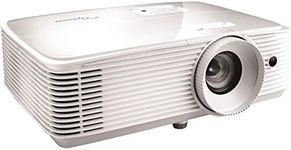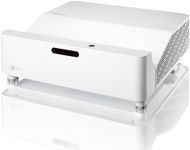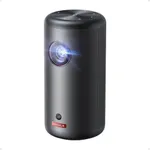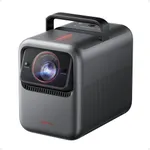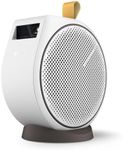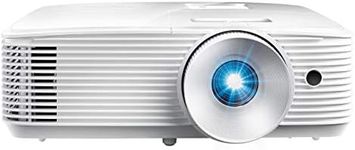Buying Guide for the Best Outdoor Daytime Projector
Choosing an outdoor daytime projector can be a bit tricky because you need a device that can handle bright environments and still deliver a clear, vibrant image. The key is to focus on features that help the projector perform well in daylight, such as brightness, resolution, and portability. Think about where and how you’ll use the projector—whether it’s for backyard movie nights, sports events, or presentations. Understanding your needs will help you pick the right specs for the best outdoor viewing experience.Brightness (Lumens)Brightness, measured in lumens, tells you how much light the projector can produce. This is especially important for outdoor daytime use because sunlight can easily wash out a dim image. Projectors with lower lumens (under 2,000) are best for dark rooms and won’t work well outside during the day. Mid-range projectors (2,000–3,500 lumens) can handle shaded outdoor areas or cloudy days, but for true daytime use, you’ll want a projector with at least 4,000 lumens or more. The brighter the environment, the higher the lumens you’ll need. If you plan to use the projector in direct sunlight, look for the highest lumens you can find, but also consider creating some shade for the screen if possible.
ResolutionResolution refers to the number of pixels the projector can display, which affects how sharp and detailed the image looks. Common resolutions include 720p (HD), 1080p (Full HD), and 4K (Ultra HD). For outdoor viewing, especially on larger screens, higher resolution helps keep the image clear and enjoyable. 720p is fine for casual viewing or smaller screens, but 1080p is a good standard for most people, offering a crisp image even at larger sizes. If you want the best possible picture, especially for movies or sports, 4K is ideal, but only if your content supports it and you have a large enough screen to notice the difference.
Contrast RatioContrast ratio measures the difference between the darkest blacks and the brightest whites the projector can display. A higher contrast ratio means more vibrant colors and better detail in shadows, which is important for image quality. In bright outdoor settings, contrast can be harder to notice because ambient light reduces the effect, but a higher contrast ratio still helps make the image pop. Look for a projector with a contrast ratio of at least 10,000:1 for outdoor use, but remember that real-world performance can vary depending on lighting conditions.
PortabilityPortability is about how easy it is to move and set up the projector. If you plan to use your projector in different locations or want to store it when not in use, a lighter, more compact model is helpful. Some projectors are designed to be portable with built-in handles or cases, while others are heavier and meant for more permanent setups. Think about how often you’ll move the projector and whether you need features like battery power or easy connectivity to make outdoor use more convenient.
Connectivity OptionsConnectivity refers to the types of devices you can plug into the projector, such as laptops, streaming sticks, or gaming consoles. Common connections include HDMI, USB, and wireless options like Bluetooth or Wi-Fi. For outdoor use, wireless connectivity can be especially handy to avoid running long cables. Make sure the projector has the right ports for your devices and consider if you want to stream content directly from your phone or tablet.
Built-in SpeakersBuilt-in speakers let you hear the audio without needing extra equipment, which is convenient for outdoor setups. However, projector speakers are often not very powerful, especially in open spaces. If you want better sound, look for a projector with higher wattage speakers or plan to connect external speakers. Think about the size of your audience and how much background noise there will be—larger groups or noisy environments will need more powerful audio.
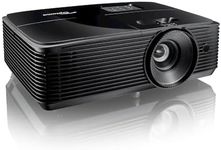

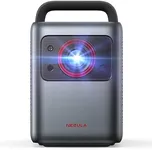
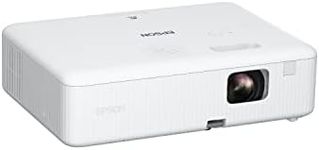
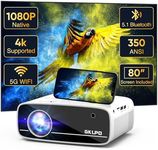
![[Auto Focus/Keystone] Projector 4K](https://images-proxy.bestreviews.guide/rsI3wfhLXS4xTwBk5RAX1Ue5RL0=/0x150/https://m.media-amazon.com/images/I/51dyfRoWdfL._AC_CX679_.jpg)
